How to Select the Best Fixed Asset Management Software for Your Business
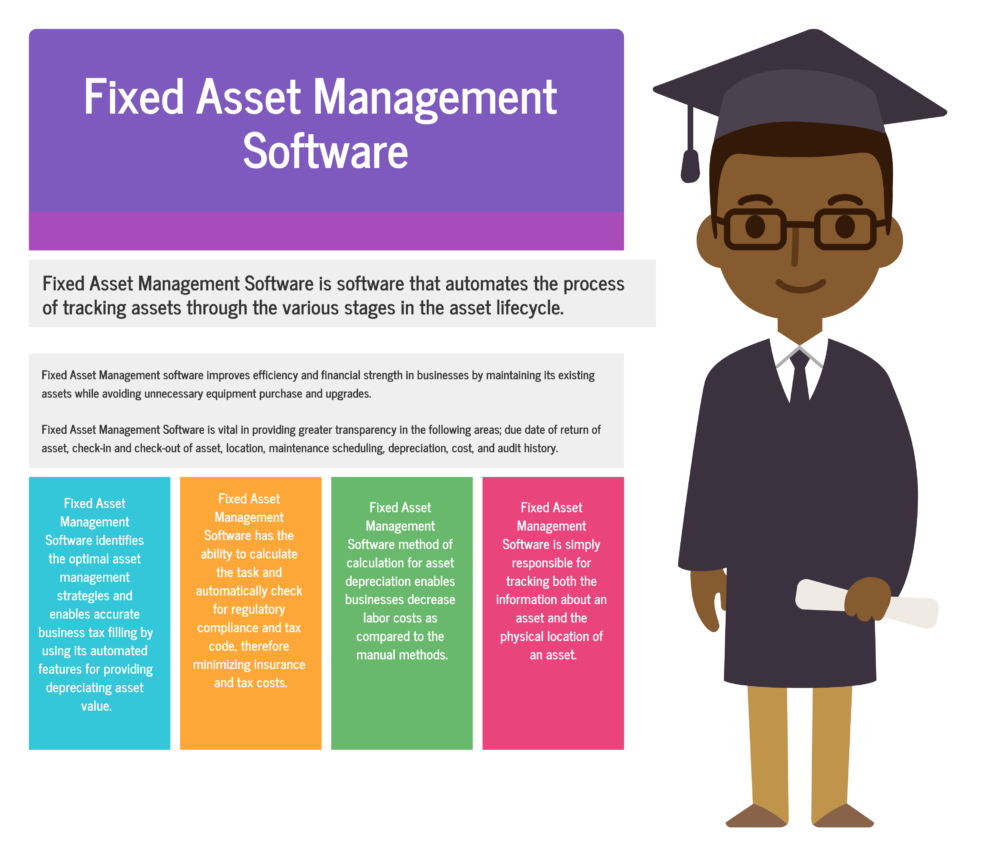
Fixed asset management software automates the process of tracking assets through the various stages in the asset lifecycle.
Fixed asset management software improves efficiency and financial strength in businesses by maintaining its existing assets while avoiding unnecessary equipment purchase and upgrades. Fixed asset management software is vital in providing greater transparency in the following areas; due date of return of asset, check-in and check-out of asset, location, maintenance scheduling, depreciation, cost, and audit history.
Fixed asset management software has the ability to calculate the task and automatically check for regulatory compliance and tax code, therefore minimizing insurance and tax costs. The main functionalities of fixed asset management software are multiple methods for depreciation, support for tax form, cost center assignments, tracking of asset location, application of barcodes to the assets, grouping of assets, planning of asset retirement, and lease vs buy analysis.
Fixed asset management software identifies the optimal asset management strategies and enables accurate business tax filling by using its automated features for providing depreciating asset value.
Fixed asset management software method of calculation for asset depreciation enables businesses decrease labor costs as compared to the manual methods. Fixed asset management software uses a popular approach for tracking assets, and that is use of serial numbered asset tags. The serial numbered asset tags commonly used are labels with barcodes facilitating easy and accurate reading.
The most tracked assets in a company are; machinery, vehicles and heavy equipment, long term investment, fixtures and fittings, plant and equipment, and buildings. In monitoring assets, fixed asset management software uses the physical tracking device as a method to provide data on physical location. Another method is the assign and accept procedure which allows individuals in the company to accept responsibility of monitoring the assets.
Fixed asset management software is simply responsible for tracking both the information about an asset and the physical location of an asset. The two are vital for financial reporting purposes.
You may like to read: Top Fixed Asset Management Software and How to Select the Best ERP Software for Your Small Medium Business
What are the Features of Fixed Asset Management Software?
Fixed asset management software provides features such as transaction configurability, work order management, asset management, job-site management, inventory tracking, built-in reporting, relational database design, lease vs, buy analysis, general ledger, fixed assets list and retired assets list, inventory management, reporting, complete asset tracking, built-in mobile barcode scanner, tax form support, asset grouping, and asset retirement plan.
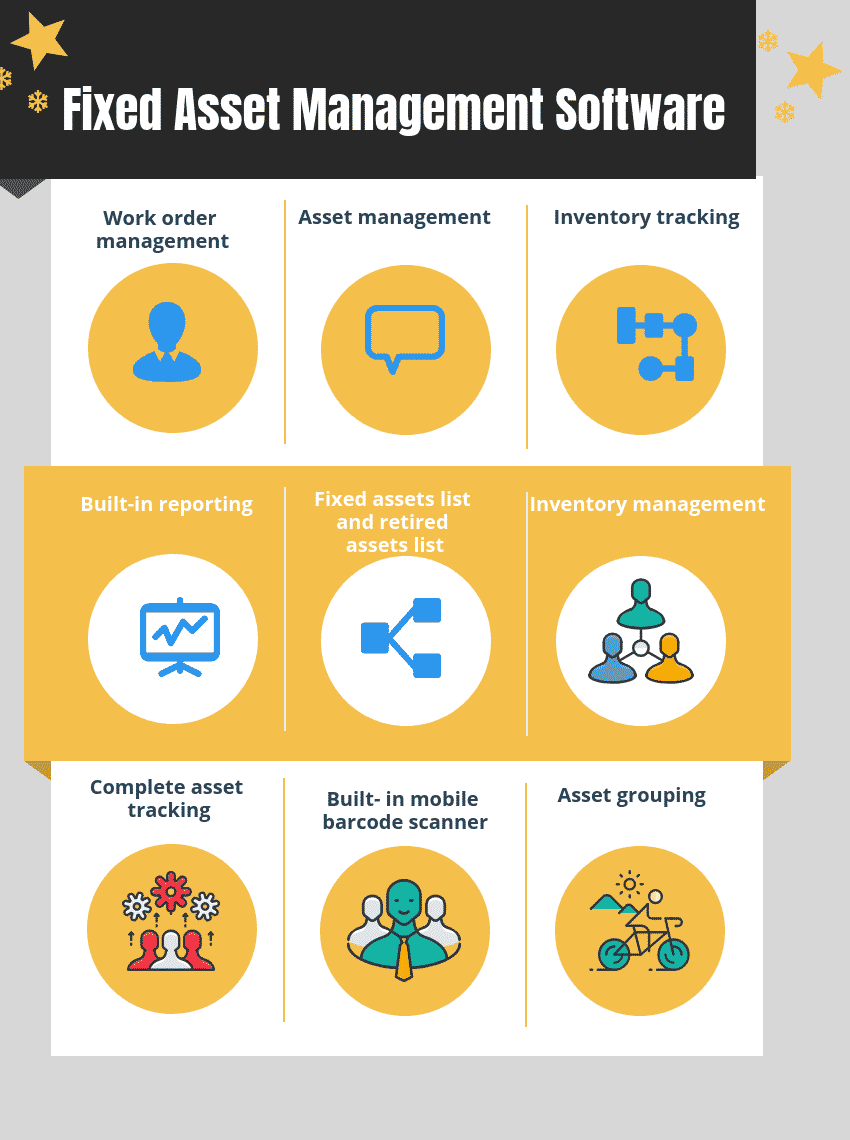
How to Select the Best Fixed Asset Management Software for Your Business
- Transaction configurability: It enables to add custom fields to insurance records, configure custom fields for all assets, customize asset listing view, set up notifications for date format notifications, and customize asset listing view.
- Work order management: It enables you to provide a complete solution that allows your employees to submit real-time requests from anywhere.
- Asset management: It enables you to perform the preventive or scheduled maintenance tasks that improve your company’s performance.
- Job-site management: It provides you with an excellent platform for deleting your spreadsheets to manage all your vital project data.
- Inventory tracking: It enables you to track parts and supplies across multiple sites, warehouses and closets.
- Built-in reporting: It assures you that your data can be represented with ease, can be filtered, exported, and saved for future use.
- Relational database design: It enables you to eliminate the chances of making a mistake during entry of data.
- Lease vs. Buy Analysis: It enables you to save money by using the trial depreciation functions that help you in arriving at the most appropriate depreciation strategy.
- Fixed assets list and retired assets list: It enables you to easily review asset valuation, acquisition, identification, disposal information, and depreciation information.
- Inventory management: It provides an excellent platform for ordering materials from multiple vendors and enables you to track inner-company distribution from multiple storage areas.
- Reporting: It enables you to set up scheduled reports and distribution as well as helping you in evaluating costs and labor time performance and productivity, service and tasks assessment, and completely track the repair cost down to the task level.
- Complete asset tracking: It enables you to assign bar codes on assets, get warranty information, locate equipment, attach images and the electronic operating manuals for facilitating quick reference, set up schedules for automated preventive maintenances, and track repair history.
- Built- in mobile barcode scanner: It enables you to easily locate a specific item by searching the assets already added to fixed asset management software.
- Tax form support: It provides you with the ability to create the required tax forms for asset depreciation as well as enabling you to be up-to-date with the tax values.
- Asset grouping: It enables you to group assets by cost center assignment, cost or location.
- Asset retirement plan: It enables you to forecast on all future cost of asset value depreciation, therefore facilitating provision of asset retirement scheduling recommendations.
You may like to read: Top Fixed Asset Management Software and How to Select the Best ERP Software for Your Small Medium Business
What are the Key Performance Indicators (KPI's) of Fixed Asset Management Software?
The key performance indicators of fixed asset management software are; input data metrics, operational metrics, and financial metrics.
- Input data metrics: It enables you to know where data of asset may not be clean and help you in identifying data gaps of the assets for remediation.
- Operational metrics: It enables you to measure the operational performance of the entire asset management.
- Financial metrics: It enables you to measure the outcome of fixed asset management software based on value to the organization.
You may like to read: Top Fixed Asset Management Software and How to Select the Best ERP Software for Your Small Medium Business
What are the Benefits of Fixed Asset Management Software?
Fixed asset management software provides benefits such as keep documents organized, increase organization’s asset data, maintain more detailed asset records, save time while preparing reports, automate depreciation calculations, file reports on time, manage change request effectively, automate the transfer of assets, maintain the condition of asset, preventive maintenance, ease of use and assign owners of assets.

What are the Benefits of Fixed Asset Management Software
- Increase organization’s asset data: It provides an excellent platform for allowing access to several users and updating asset record from a sophisticated database.
- Keep documents organized: It helps you organize your documents by enabling you to upload files containing orders of purchase, guides for users, purchase orders, and pictures from one place.
- Maintain more detailed record of assets: It assists you to generate fields that are use defined and options for customizing the new asset management software.
- Save time while preparing reports: It helps you to easily access information on record of assets when you are in need by using reporting tools that are user friendly as well as assisting you in creating customized reports that save even more time.
- Automate depreciation calculations: It helps you easily produce accounting reports based on compliant and depreciate assets over their useful life.
- File reports on time: It helps you to run reports that meet your needs as well as manipulating spreadsheet data for the purpose of creating reports for your auditors.
- Manage change requests effectively: Fixed asset management software provides solutions that are vital when creating an approval process that help you to manage asset change requests and provide you with a complete and auditable history.
- Automate the transfer of assets: It helps you to eliminate errors, increase efficiency, and reduce delays when it comes to transferring assets by using its solutions such as flexible approval routing which is incorporated in your company rules.
- Maintain condition of assets: It helps you to better budget for your assets by use of logs to track the asset condition and maintenance.
- Assign owners of asset: It helps you to know who you will have to see when an issue arises during auditing or inventory process.
- Preventive maintenance: It helps you to manage unlimited assets and autopilot facility management schedules which automatically run the life of the asset.
- Ease of use: It provides easy user configurable views and simple and flexible user interface on web and mobile app.
- Reduce cost of physical inventories: It helps you to ensure that all assets are adequately insured as well as helping you in maximizing asset valuations for depreciation deductions therefore cutting down cost of physical inventories.
You may like to read: Top Fixed Asset Management Software and How to Select the Best ERP Software for Your Small Medium Business
What are the Latest trends in Fixed Asset Management Software?
The latest trends in fixed asset management software are; unlimited configurations, mobile app, and quick integration.
- Unlimited configurations: The different configurations will enable you to change the functionalities of the software to meet any number of assets.
- Quick integration: The fixed asset management software will now allow for integration with legacy teams, therefore enabling you to import data from existing spreadsheets.
- Mobile app: The fixed asset management software now provides features used for mobile such as scanning of barcodes by using your phone.
How to choose the right Fixed Asset Management Software?
Choosing and purchasing fixed asset management software is a tedious task due to the difference in features and benefits provided by the software. The following is what to consider when choosing and purchasing fixed asset management software;
- Incorporation of specific type of inventory cataloguing: It should use one or both inventory cataloguing, these are either RFID or barcodes.
- Methods of calculation of depreciation: It should use the standard methods of calculating depreciation that are within the regulatory compliances.
- Adequately track sales: It should effectively track assets and provide information about the profit and loss made from the tracked sales.
- Track maintenance schedules: It should issue reminders when maintenance is due.
- Customization: It should fit and work within your company’s objectives.
- Integration: It should support integration with other systems preferred by the company such as general ledger software.
You may like to read: Top Fixed Asset Management Software and How to Select the Best ERP Software for Your Small Medium Business
Top Fixed Asset Management Software
You may like to read: Top Fixed Asset Management Software and How to Select the Best ERP Software for Your Small Medium Business
What is Fixed Asset Management Software?
Fixed Asset Management Software automates the process of tracking assets through the various stages in the asset lifecycle. Fixed asset management software improves efficiency and financial strength in businesses by maintaining its existing assets while avoiding unnecessary equipment purchase and upgrades. Fixed asset management software is vital in providing greater transparency in the following areas; due date of return of asset, check-in and check-out of asset, location, maintenance scheduling, depreciation, cost, and audit history.
What are the Features of Fixed Asset Management Software?
Fixed Asset Management Software provides features such as transaction configurability, work order management, asset management, job-site management, inventory tracking, built-in reporting, relational database design, lease vs, buy analysis, general ledger, fixed assets list and retired assets list, inventory management, reporting, complete asset tracking, built-in mobile barcode scanner, tax form support, asset grouping, and asset retirement plan.
What are the Benefits of Fixed Asset Management Software?
Fixed Asset Management Software provides benefits such as keep documents organized, increase organization’s asset data, maintain more detailed asset records, save time while preparing reports, automate depreciation calculations, file reports on time, manage change request effectively, automate the transfer of assets, maintain the condition of asset, preventive maintenance, ease of use and assign owners of assets.

























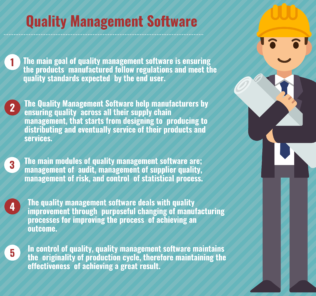
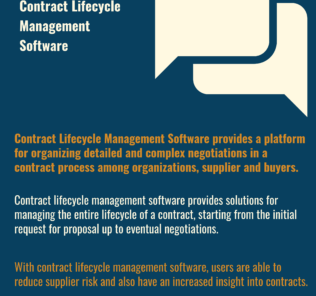
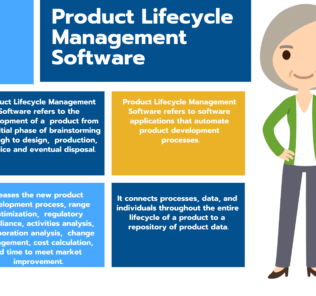
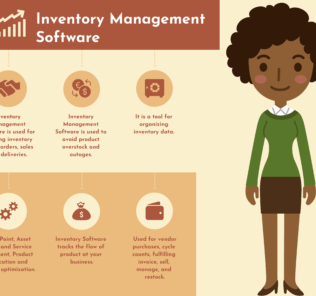




By clicking Sign In with Social Media, you agree to let PAT RESEARCH store, use and/or disclose your Social Media profile and email address in accordance with the PAT RESEARCH Privacy Policy and agree to the Terms of Use.